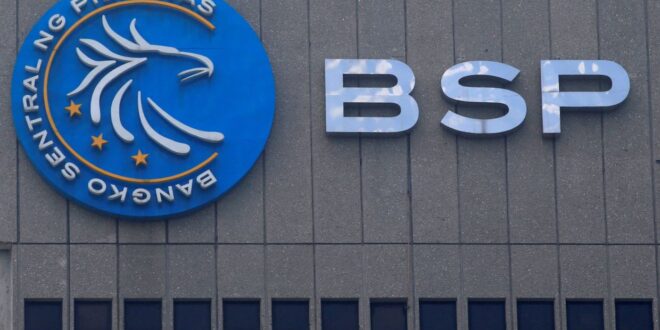MANILA: Long-term capital flows into the Philippines surged by more than a fifth in March, growing for the third consecutive month this year as investments from foreign companies in debt instruments swelled and drove the increase.
Data released by the Bangko Sentral ng Pilipinas (BSP) yesterday showed that net foreign direct investments (FDI) grew 23.1% to US$686mill from US$557mil in March 2023.
The BSP said the March portfolio brought the cumulative FDI net inflows to US$3bil during the first quarter of the year, marking a 42% growth from the US$2.1bil recorded in the same period in 2023.
“FDI increased during the quarter on the back of the country’s strong growth prospects and moderating inflation,” the BSP said.
Commenting on the March figures, Rizal Commercial Banking Corp chief economist Michael Ricafort also pointed to improved economic and financial markets performance in recent months.
“Philippine economic growth is among the fastest in Asean and Asia and long-term US and local interest rates already eased from the immediate highs since November 2023, thereby encouraging more FDIs to come in,” he said.
He also cited favourable demographics and lower long-term interest rates and borrowing costs that helped boost investments globally.
The Philli[ine central bank said that non-residents’ net investments in debt instruments during the month rose by 19% year-on-year to US$465mil from US$391mil a year ago.
It added that net investment in equity capital, other than reinvestment of earnings, from these investors soared by 67.1% to US$157mil from US$94mil.
In contrast, the reinvestment of earnings from foreign firms saw a decline of 11.3%, falling to US$64mil from US$72mil.
The BSP also said that equity capital placements during the month came mostly from Japan with a 64% share.
At the same time, 16% of the investments came from Singapore, while 10% came from the United States.
By quarter, investments came mostly from the Netherlands and Japan, which accounted for 68% and 21% of the total, respectively.
The BSP said these were invested largely in manufacturing, financial and insurance, as well as in real estate.
A monthly breakdown by industry showed that 66% went to manufacturing, 14% to financial and insurance, and 11% to real estate.
The first quarter review showed that 71% went to the financial and insurance sector, while manufacturing and real estate had a 16% and 5% share, respectively. — The Philippine Daily Inquirer/ANN
 BeritaKini.biz Berita Viral Terkini di Malaysia
BeritaKini.biz Berita Viral Terkini di Malaysia





